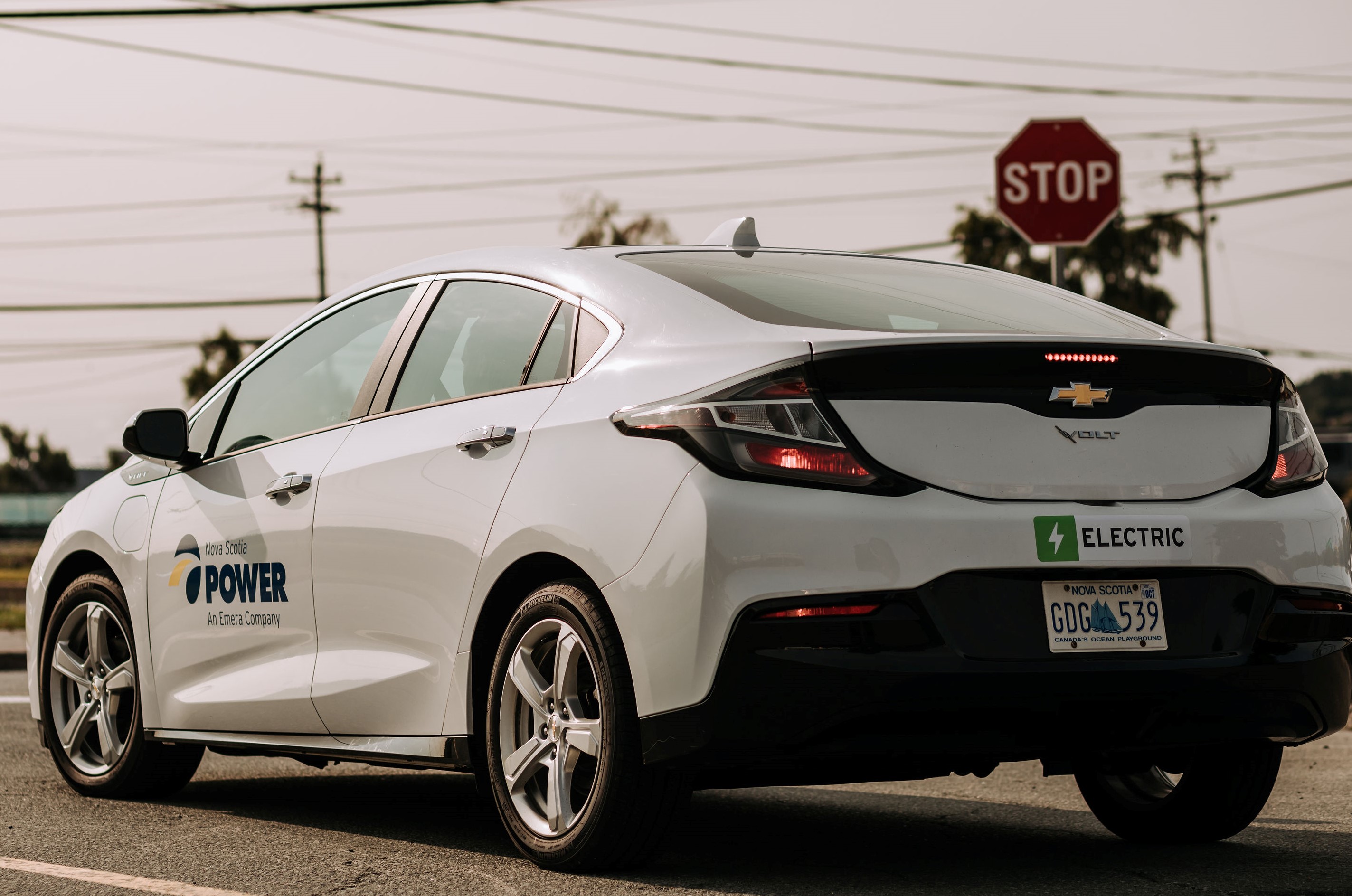How a smarter grid, renewable energy and battery storage will change the way we power Nova Scotia
For the last 100 years, our electrical grid has stayed consistent. The system of transmission lines, generating plants, transformers and substations has powered our lives, kept up with technology changes and met demand.
It’s a model that Jill Searle, our Program Manager for Smart Grids calls “centralized generation”, meaning a one-way flow of power from generating stations and plants to customers.
And while it’s a model that’s served us well for the last century, it’s time for that model to change. We spoke with Jill about why our grid is evolving, and how renewable energy, battery storage and new technology are giving customers more choice, control and a greener future.
How is our grid evolving?
“For the last century, we’ve made power in real time—matching our electricity supply to customer demand. But as we look to incorporate more renewable energy like wind and solar, we need new technology and more flexibility on the grid to accommodate it. We can gain this flexibility by having our customers participate.
"Our existing grid was built on centralized generation, where we create and deliver energy based on what customers need at every moment. Now, we’re shifting to a system that will allow for two-way electricity flow—where we’re generating power and customers generate some of their own. And new technologies allow for more control in when and how customers use energy. Customer owned devices like batteries and hot water heaters allow us to store energy and use it as needed—and that can help give our grid the flexibility to accept more renewable energy and help manage electricity demand during peak time periods.”
What’s driving this change?
“Changing expectations from our customers are the driving force behind this evolution. Our customers want to see more clean energy generation on our system. In Nova Scotia, we’re fortunate to have one of the largest integrations of wind in North America, but the challenge is it’s an intermittent energy source and we must provide electricity to our customers when they need it, not just when the wind blows.
"Batteries can help solve this problem. They store variable generation when it’s made and send it to customers as they need it. It’s why we launched a pilot called the Intelligent Feeder Project in Elmsdale. We installed residential Tesla batteries at 10 homes and a grid-sized battery at the local substation. The batteries are connected to a power line, that receives some of its electricity from a wind farm a few kilometres away.
"Customers also want more control when it comes to their energy use. They can use an app and order pizza or track a package anywhere in the world, but right now we read their meters every two months and tell them how much power they used. That needs to change. New technology like smart meters will enable customers to access daily information about their energy consumption. And in the future, smart grids will offer even more choice and control.”
What are smart grids and why are they important for the future of energy in Nova Scotia?
“When we talk about ‘smart grids’, we mean adding a layer of visibility and control to our electricity grid. In the future, individual pieces of the electrical system, including the smart devices that are connected in our homes and businesses, will be able to communicate with one another. That means the entire system will have the ability to use energy more efficiently. It’s exciting for Nova Scotians because it could mean lower costs and access to more clean energy.
"An important step towards this in our province is the Smart Grid Nova Scotia project, recently approved by the Nova Scotia Utility and Review Board. It will look at how we can integrate a broader range of distributed energy resources like electric vehicle chargers, solar installations, and battery storage. There will also be a two-megawatt solar garden that will allow customers to participate in solar generation—without requiring a large investment for installation of panels on their roof. The idea behind the Smart Grid Nova Scotia program is to determine the real value these resources will have on the grid while giving customers more choice, control and options.”
For more information about the Smart Grid Nova Scotia project, visit nspower.ca/smartgridNS.
Share This Post:





